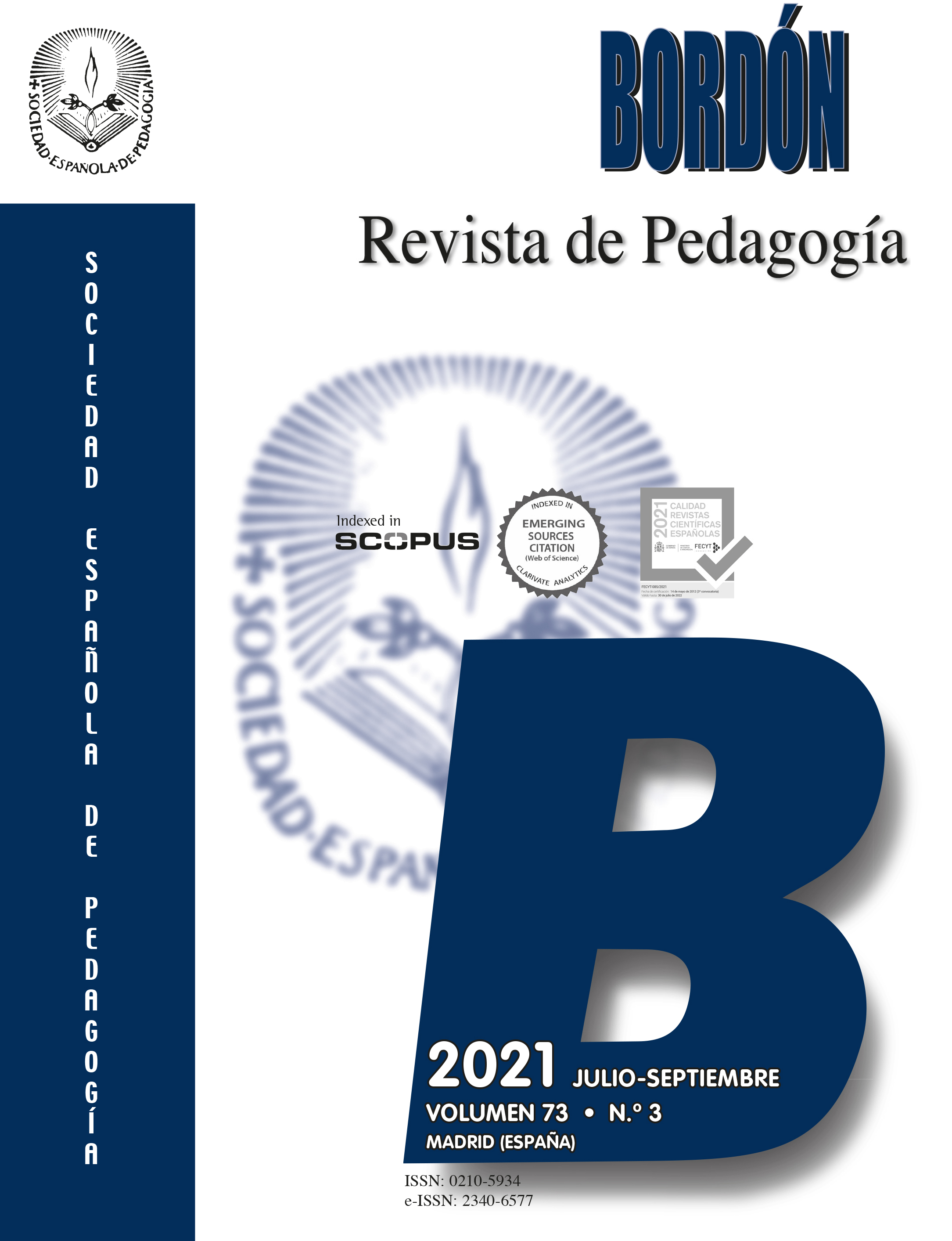Educational research on autism spectrum disorders: a bibliometric analysis
Main Article Content
Abstract
INTRODUCTION. Autism spectrum disorder (ASD) is a neurodevelopmental condition that affects the main vital areas and the quality of people’s lives. Scientific production on ASD in the educational field is essential to improve the understanding and to expand the scientific evidence that helps overcome the educational and social barriers faced by these people. METHOD. To review the relevant literature about ASD research in the educational field during the 21st century (2001-2019), bibliometric techniques were used. To this end, 8,359 scientific articles from Web of Science and Scopus databases were studied. To analyze the structure and performance dynamics of bibliometric indicators (authors, journals, institutions, agencies and countries) the production and citation were calculated in absolute, relative values and the variation rate with the SPSS software. To identify the status and evolution of central and emerging themes, co-occurrence networks and keyword density maps were constructed with VOSviewer and the Citation Burst Indicator was used with CiteSpace. RESULTS. The study shows an increase of published scientific articles in this field since the beginning of the 21st century and six central themes that have led the scientific production are identified: educational intervention, social and communication skills, family, inclusive education, challenging behavior and early intervention. DISCUSSION. In recent years, there is a great growth and diversification of emerging themes in this field of study. These findings may guide the decision making of research policies about ASD.

